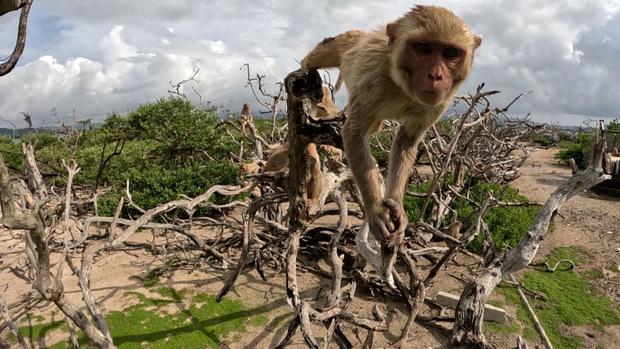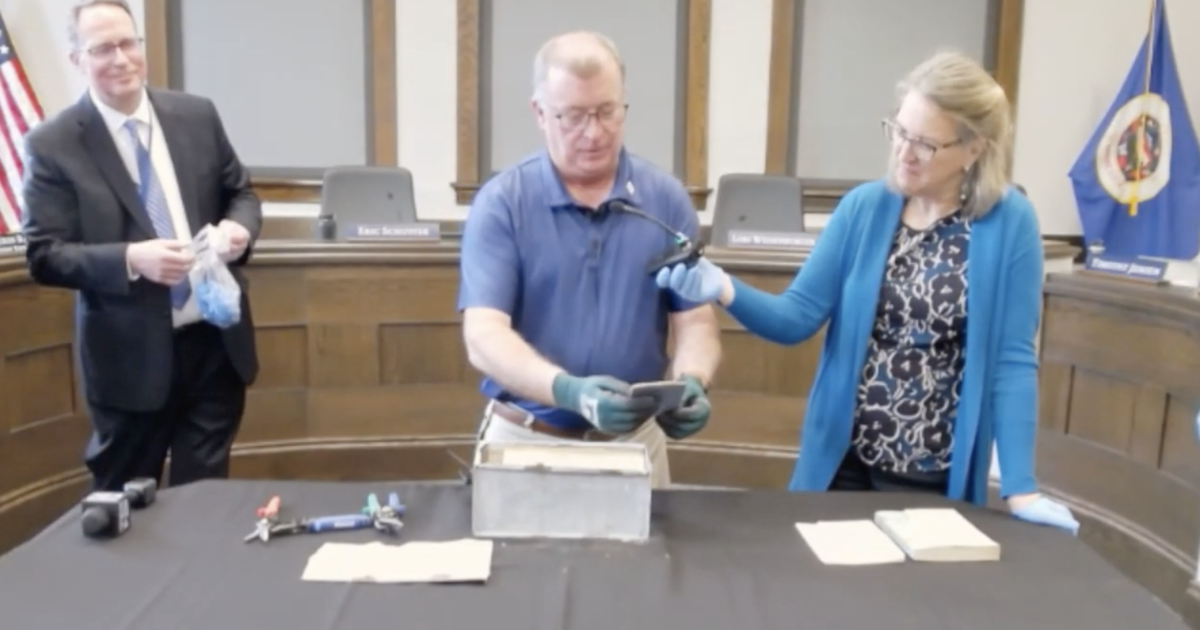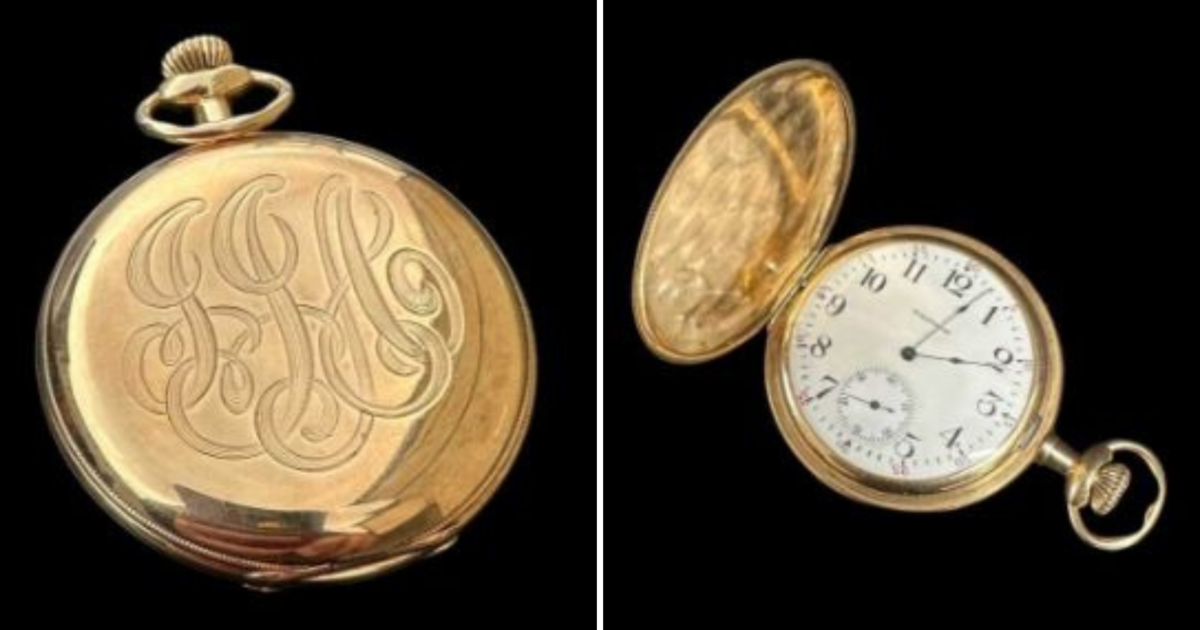How Cayo Santiago's monkey research survived Hurricane Maria
This week, Lesley Stahl and a 60 Minutes team traveled to the island of Cayo Santiago— also known as Monkey Island— just off the coast of Puerto Rico.
Cayo Santiago is home for about 1,800 Rhesus macaque monkeys, who have been studied by scientists for over 80 years because 94% of their DNA is the same as humans. They live in isolation on the island, a natural laboratory where they live halfway between captivity and the way they would in the wild.
But everything changed for the research and the monkeys when Hurricane Maria tore through Puerto Rico in September of 2017.
Then-scientific director Angelina Ruiz-Lambides and her team had seen a trajectory for the hurricane that went directly over Cayo and done some preparations in advance, but they still thought it was unlikely that the monkeys would survive the storm.
"Symbolically, we said goodbye to Cayo," she told Stahl. "We thought the monkeys were going to die."
Ruiz-Lambides, her husband and two children were sheltering in their home on Punta Santiago as Hurricane Maria raged on. About two hours into the storm, her windows were sucked out, and soon the entire second floor of their home was flooded.
"And we're trying to take water out. And I fall two times, you know, pregnant. It was so stressful for us," she told Stahl.
Two days after the hurricane had passed, Ruiz-Lambides received a text message from members of the Cayo team: they had booked a helicopter to see what remained of Cayo and the monkeys, and asked if she could go. She agreed.
As she made her way up in the helicopter, Ruiz-Lambides looked out the window and saw the destruction Maria had wrought.
"It looked like a bomb had dropped on the island," she told Stahl.
Ruiz-Lambides asked the pilot to fly over their offices in Punta Santiago first. She was heartbroken to see that their neighbors' homes had been destroyed.
As they flew over the next block, she took a chilling photograph of a message written in white paint on the road that would later become an iconic image of the catastrophe.
"'SOS, we need water and food,'" she translated.
Ruiz-Lambides flew over Cayo Santiago in the helicopter, and her heart sank when she saw the Hurricane's impact on Cayo. The island had lost two-thirds of its vegetation and gone from a lustrous green to a dirty shade of brown, buried in dead branches.
She couldn't see any monkeys and was starting to lose hope, but then she spotted a group of them running away from the helicopter.
"There's monkeys. There's still Cayo," she thought in the moment.
Once the staff was able to return to the island and do a complete census, they found, to their utter amazement, that most of the monkeys of Cayo Santiago had lived. They estimated 50 had died.
How they survived remains a mystery. One theory is that they huddled together on a side of the island that was protected by a cliff. James Higham, an investigator for the Cayo project, believes they began eating more seaweed and algae that was deposited on the beach during the storm.
Ruiz-Lambides explained to 60 Minutes that luck played a major role in the survival of data and journals from the Cayo project that date back to the 1930s: They had recently moved offices from a beachside location to a former school that could withstand the high-winds and water during the storm.
"If we would've still been at that house in the beach, we would've lost everything," she explained.
And then there were the biological samples: blood serum and biological samples from all the monkeys living on Cayo Santiago that needed to be kept at specific temperatures using freezers.
Ruiz-Lambides says the office building of the Primate Center in Punta Santiago had been without power for nine months after the hurricane. But despite that, her dedicated staff was able to keep the freezers running using a system of generators, and backup generators in case those failed.
"They would come in the middle of the night to inspect the generators," she explained. "And we did not lose a single sample."
Stahl asked Ruiz-Lambides why she didn't leave the island of Puerto Rico after Hurricane Maria, as so many others had after the storm devastated the island.
"I didn't leave because I was needed here," she said. "There's still a lot of work to do here."
The video above was originally published on November 5, 2023 and was produced and edited by Will Croxton.




